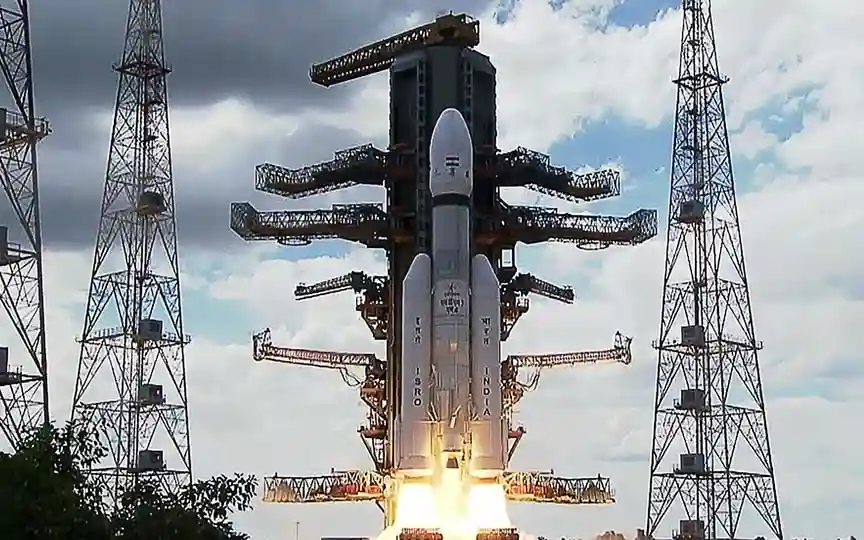Comparing Chandrayaan-3 and Luna-25: What are the Differences?
India and Russia are among the countries striving to reach the moon. India is on the brink of achieving its goal with the Chandrayaan-3 spacecraft, while Russia’s Luna-25 spacecraft unfortunately crashed on August 20. Now, let’s examine the contrasting aspects of these two lunar missions.
Objectives
As we know Chandrayaan-3 has three main objectives. First, the ability to perform a safe and soft landing on the surface of the Moon, demonstrate a lunar rover, and perform in situ scientific experiments must be demonstrated. The Chandrayaan-3 lander is expected to make a soft landing at the Moon’s south pole on August 23 at 6:04 PM IST.
On the other hand, Luna-25 had different goals. According to NASA, its purpose was to study the composition of the lunar surface material. Another goal was to study the components of plasma and dust that exist in the Moon’s polar exosphere.
Total expenses
While Russia’s Luna-25 mission was said to cost Rs. 1600 crore, India’s Chandrayaan-3 is much cheaper. According to ISRO, the approved price for this mission is Rs. 250 crore, which includes the cost of the Rover and the propulsion module for the Chandrayaan-3 mission. The remaining cost of Chandrayaan-3 launch service is Rs. 365 million, making the total budget Rs. 615 million. Chandrayaan-3 is also cheaper than its predecessors i.e. Chandrayaan-1 and Chandrayaan-2. The total cost of the Chandrayaan-2 mission was 978 million euros.
Currently, India is the only player left in the lunar exploration mission. This will help India achieve a major achievement in space exploration and if this mission is successful, India will become the fourth country in the world to complete a successful Moon mission.
Landers
The dry mass of the Luna-25 lander is about 800 kg, the lander has a 1.6 meter long Lunar Robotic Arm (LRA or Lunar Manipulator Complex) to remove and collect surface regolith to a depth of 20-30 cm. The arm has four degrees of freedom/rotation: azimuth, shoulder, elbow and wrist/bucket. The total mass of the LRA is 5.5 kg and it uses 30 W nominal power and 50 W maximum power.
The Vikram lander has a mass of 1749.86 kg, including 26 kg for the rover, and can generate 738 W of power using side-mounted solar panels. The lander has several sensors for safe contact and a series of cameras for hazard avoidance and location information.




